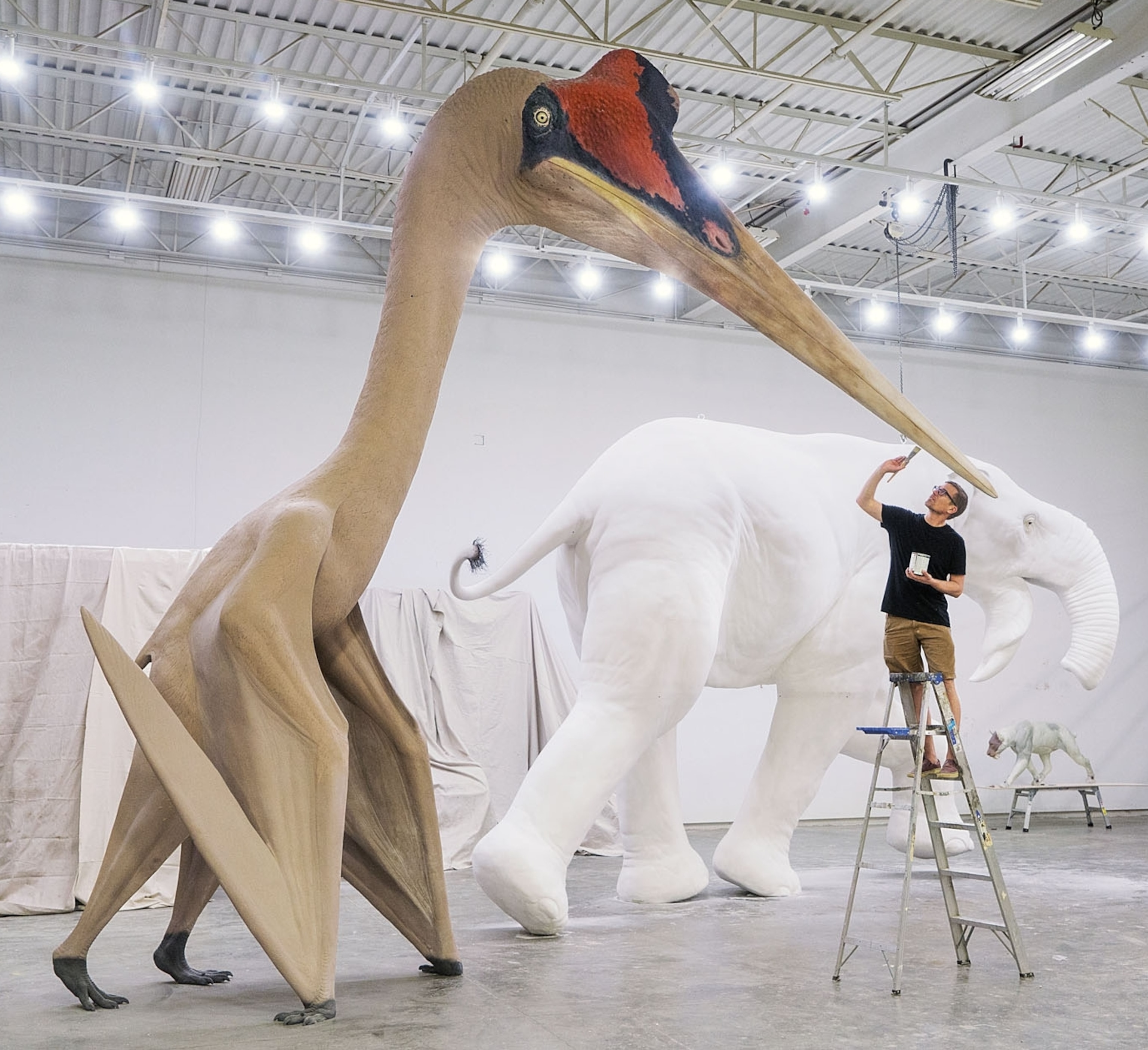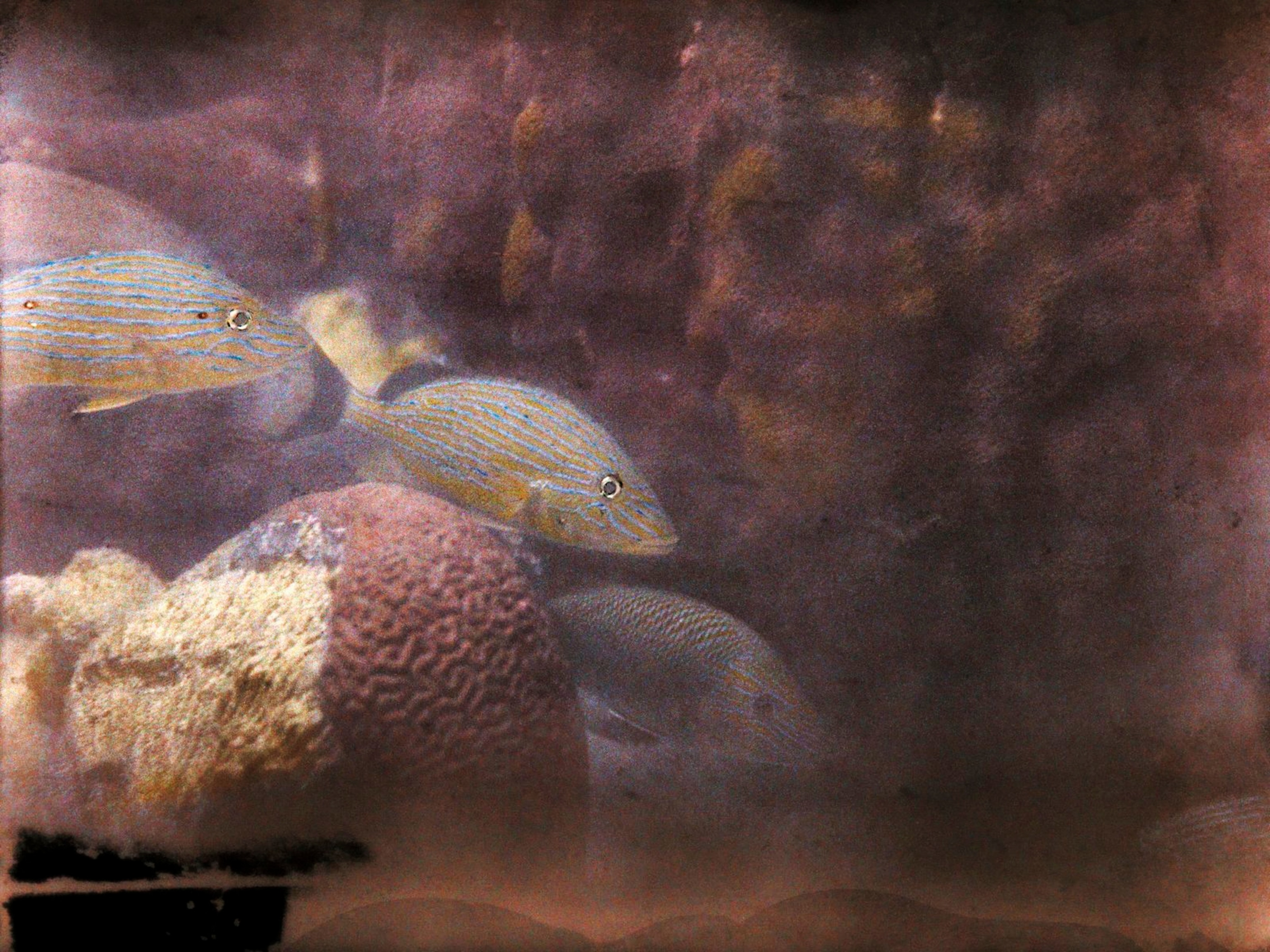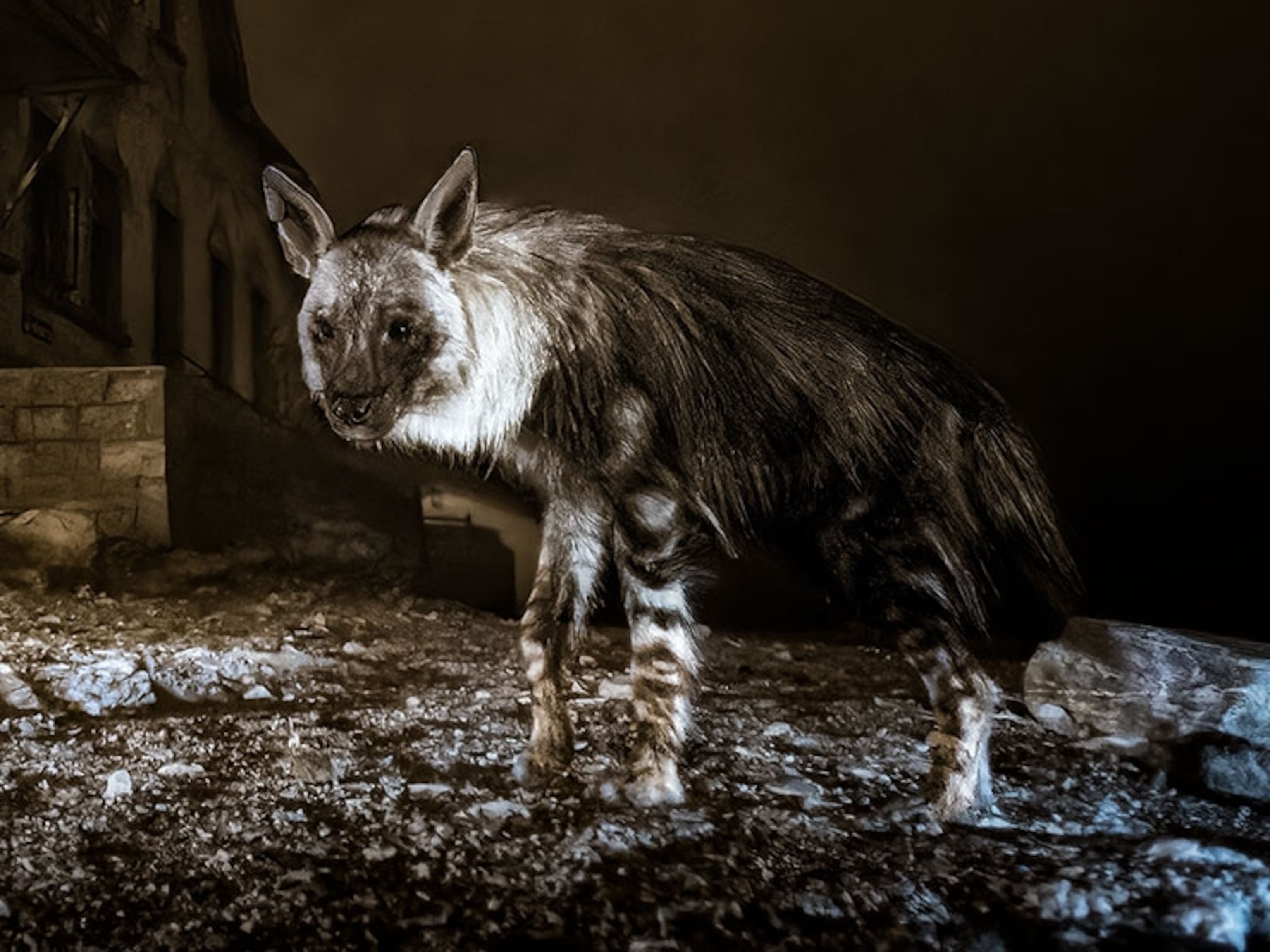Best Animal Photos of 2017
National Geographic selects the most compelling natural history photographs of animals from this year.
No one ever said it's easy to photograph in the wild. On the savannah or under the ocean, nature often gives strikingly little time to make a good frame. And once the moment is gone, it's gone.
Case in point: an image we published in August from Thomas Peshak on assignment photographing whales in the waters of Baja California. Peshak, who has photographed whales for 20 years, caught a truly unique moment on camera when whales approached his boat and enjoyed being touched by human hands. In another image, Ami Vitale visited an elephant orphanage in Northern Kenya and watched something equally unlikely: a group of human keepers bathing, feeding, and preparing the elephants for adulthood.
National Geographic photo editor Elijah Walker selected some of the top images of the year, some that made it in the magazine or online, and many more that didn't. "To get such high-quality images, where every detail of the photograph lines up, the light, the composition, and the color, is incredible," he says. Even more remarkable is to think of doing all that outside of a human's element—around wild animals or underwater.











































